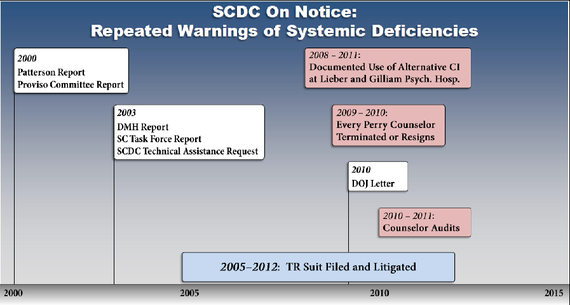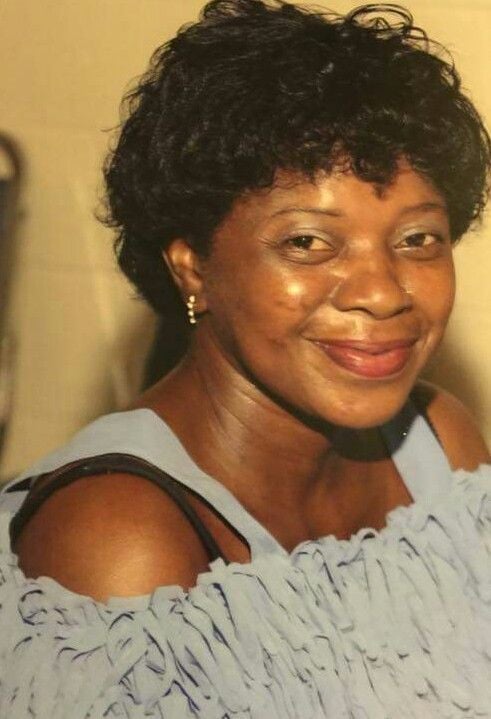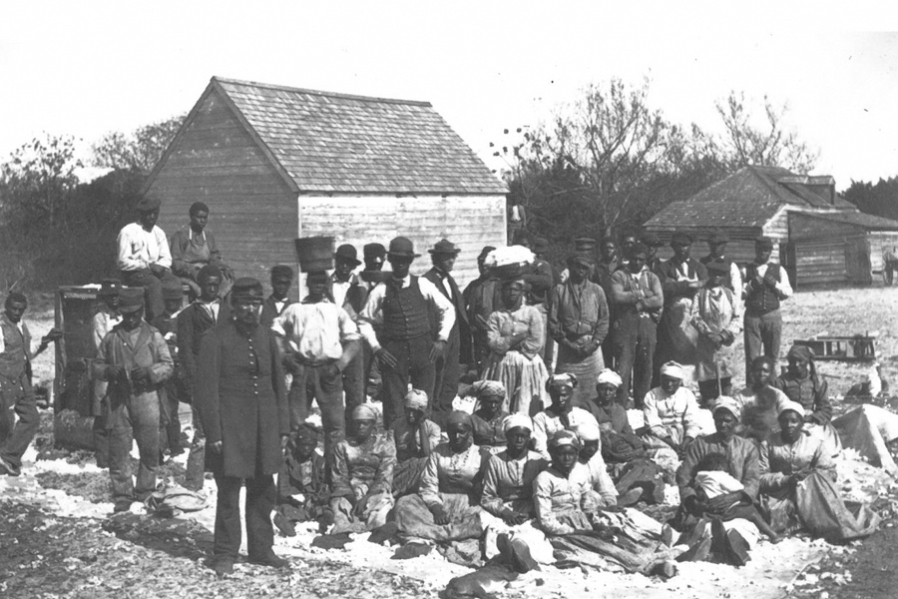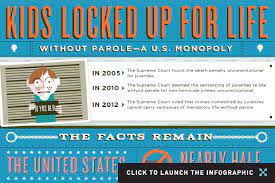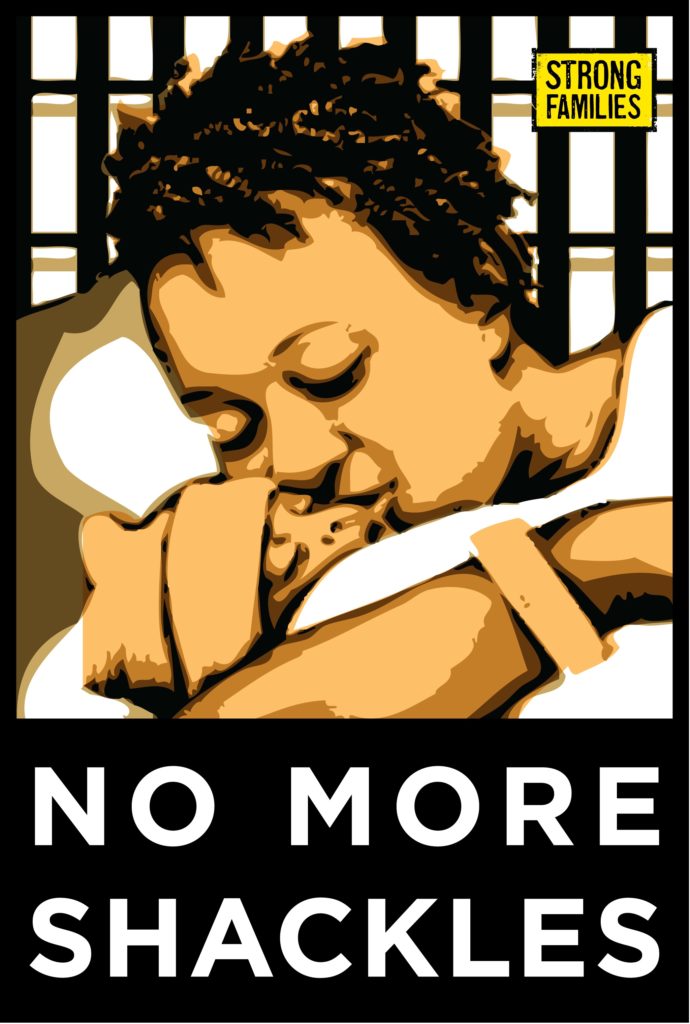
In March, we asked if South Carolina would pass legislation outlawing the shackling of women (prisoners) in childbirth. Two months and a few days later, we now have the answer. Yes! More than yes, a resounding and expansive yes. While the Governor has yet to sign the legislation, he has said, on more than one occasion, that he would sign it. Last year, the South Carolina House of Representatives passed the bill, presented by Rep. Nancy Mace, a Republican representing Daniel Island, by a vote of 104 – 3, but the bill wasn’t sent over to the Senate in time. This year, the House voted 117 – 0, and Senate voted 42 – 0 to pass the bill. This happened in the midst of the South Carolina focusing on coronavirus related issues. Apparently, no one was more surprised that Nancy Mace, who noted, “This is a really big one. It took a lot of people coming together on both sides of the aisle to make it happen, and I’m just really humbled to see that even during a crisis, in South Carolina, we’re getting things done in a nonpartisan way to make our state better.”
This is a really big one. Not only did the legislature unanimously endorse the bill, they expanded it. The original bill essentially brought South Carolina into compliance with the federal First Step Act, passed in 2018, which bans the shackling of pregnant women (prisoners). Looking at the situation and seizing the moment, legislators, from both parties, decided to add the following: “requiring availability of menstrual hygiene products, access to adequate nutrition, an end to solitary confinement for pregnant prisoners and weekly contact visits between incarcerated people with low- or minimum-security classifications and their children.”
South Carolina’s chapter of Americans for Prosperity noted, “The legislature took the right step in banning shackling of incarcerated women during pregnancy, labor and postpartum recuperation, ending an inhumane practice that 42 other states have already opposed. Restoring dignity and treating people with compassion is a common-sense reform to our criminal justice system. We thank the legislature for passing this bill and we urge Governor McMaster to stop this cruel policy.”
In South Carolina, as elsewhere, women, prisoners, supporters invoked dignity. In South Carolina, this week, legislators demonstrated that dignity must include the recognition and abolition of cruelty and then proceed to the respect for all human beings, generally, and, here, for women in their specificity and particularity. Not shackling is a good start, but it remains a negation of a negation. Taking care of pregnant women, no matter where they are, is simply the right thing to do. Meanwhile, this week, members of the Michigan Senate began debating a bill, in committee, that would ban the shackling of pregnant women (prisoners). The struggle continues.

(Image Credit 1: Radical Doula) (Image Credit 2: New York Times / Andrea Dezsö)


